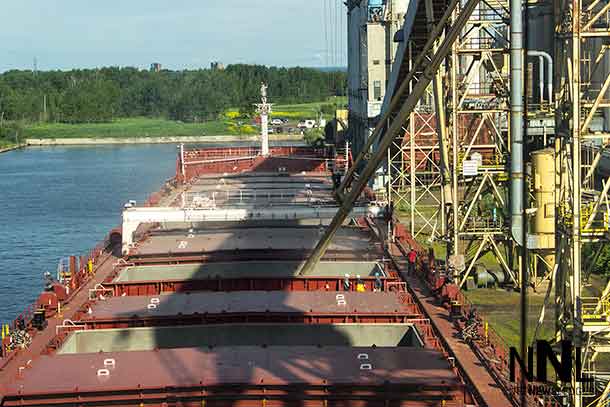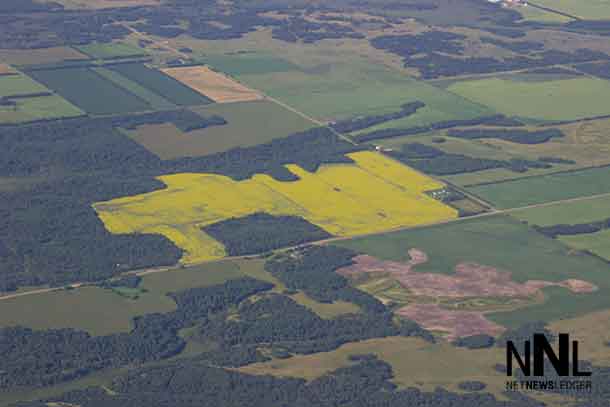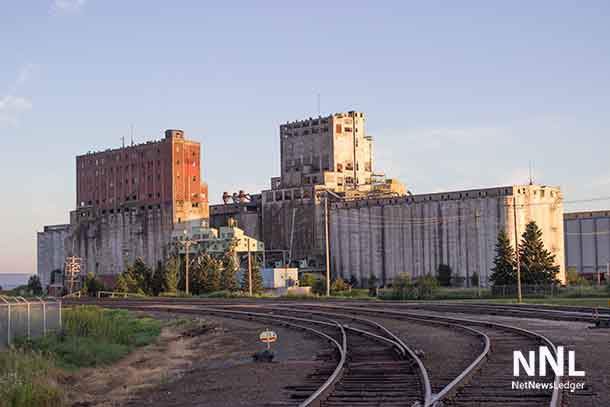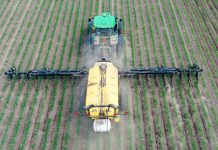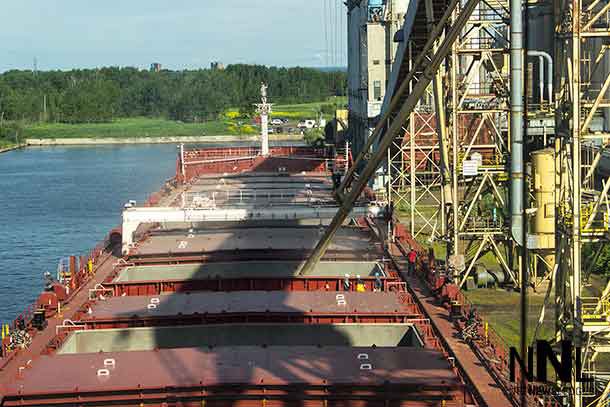
Regina, Saskatchewan – AGRICULTURE – A stronger Canadian dollar and higher interest rates may make the business of agriculture more challenging, but not necessarily put producers in a weaker financial position, according to J.P. Gervais, chief agricultural economist for Farm Credit Canada (FCC).
“The fundamentals of Canadian agriculture are sound and most farm operations are in a good financial position to weather most significant changes in our economy,” said Gervais, in releasing FCC’s 2017-18 Outlook for Farm Assets and Debt Report. “Economic conditions are always changing, so it’s really the pace of change that can pose the greatest challenge – not so much the change itself.”
Since July, the Bank of Canada increased its interest rate twice by a quarter of a per cent, signaling to financial markets that economic conditions could lead to higher long-term interest rates.
At the same time, the Canadian dollar has gained strength and could hover around the 80-cent mark for the foreseeable future. Although the low dollar has been good for exports, it has made purchasing equipment abroad, particularly from the United States, more expensive for producers.
The FCC report examines farm liquidity, which reflects the ability of producers to make short-term payments, and solvency, the proportion of total assets financed by debt. Both indicators suggest a vast majority of farms are in a strong position to absorb the impact of higher interest rates and a stronger dollar.
The debt-to-asset ratio in Canadian agriculture also remains historically low at 15.4 per cent. A low debt-to-asset ratio provides financial flexibility and represents lower risk.
Gervais said gradual interest rate increases and a stronger Canadian dollar will slow the appreciation of farmland, which now represents almost 70 per cent of the value of total farm assets, compared to 54 per cent in 1981.
“After a prolonged period of strong growth in farm asset and land values, we are confident in projecting the rate of increase in the value of farmland and buildings will begin to lose steam in 2017 and going into 2018,” he said. “As farm asset values are closely tied to farm debt, we also project a slower increase in the level of farm debt.”
Gervais cautions that every farm operation is unique and he recommends producers pay close attention to commodity prices and cash flow to ensure their business can withstand sudden changes in the economic landscape.
The report provides an overview of the balance sheet of agriculture, focusing on the financial health of the sector. It also looks at the affordability of assets relative to farm income, with a special focus on farmland values.
To join the discussion on 2017-18 Outlook for Farm Assets and Debt Report,

